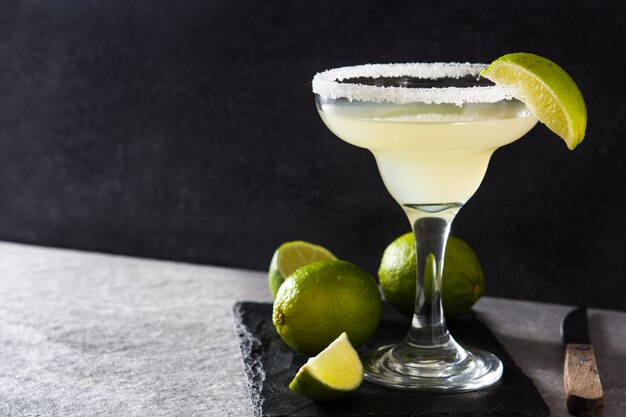The margarita is one of the most iconic cocktails in the world, beloved for its refreshing flavor and vibrant presentation. This cocktail, made primarily of tequila, lime juice, and orange liqueur, has a rich and intriguing history that reflects the cultural blend of Mexico and the United States. Let’s explore the origins, evolution, and significance of the margarita.
Early Beginnings
The precise origins of the margarita are somewhat murky, with multiple stories and theories vying for attention. One popular tale dates back to the 1930s and attributes the drink to a socialite named Margarita Sames. According to this account, Sames created the cocktail for her guests at her vacation home in Acapulco, Mexico. Her version combined tequila, Cointreau, and fresh lime juice, served over ice in a salt-rimmed glass. The drink quickly gained popularity among her guests and later spread to bars and restaurants, establishing the margarita as a staple cocktail.
Another story suggests that the margarita evolved from a drink called the “Daisy,” a cocktail that dates back to the 1800s. The Daisy is a simple mix of liquor, citrus juice, and orange liqueur. Tequila became the liquor of choice, leading to the creation of the margarita, which translates to “daisy” in Spanish.
The Margarita’s Rise in Popularity
The margarita began to gain traction in the United States in the mid-20th century, particularly after World War II. As American soldiers returned from the war, they brought with them a taste for Mexican cuisine and culture, including tequila and margaritas. The 1950s and 1960s saw the rise of Mexican restaurants across the U.S., where margaritas were prominently featured on the menu.
In 1971, the margarita gained further recognition when the popular song “Margaritaville” by Jimmy Buffett was released. The song romanticized the margarita and the laid-back lifestyle associated with it, further embedding it into American culture. Today, the margarita is celebrated as a quintessential summer drink and is enjoyed in various forms, from frozen to on the rocks.
Variations and Innovations
Over the years, bartenders and enthusiasts have experimented with the classic margarita recipe, leading to a plethora of variations. Flavored margaritas, such as strawberry, mango, and jalapeño, have become popular, showcasing the versatility of this cocktail. Additionally, the introduction of premium tequilas and artisanal orange liqueurs has elevated the quality of margaritas, making them a favorite among cocktail connoisseurs.
One notable innovation is the introduction of the frozen margarita in the 1970s, which became a sensation thanks to the invention of the commercial blender. This slushy version of the drink allowed for easy preparation and attracted a wider audience, solidifying the margarita’s place in bar culture.
The Margarita Today
Today, the margarita continues to thrive, with countless variations available at bars and restaurants worldwide. National Margarita Day is celebrated annually on February 22, a day dedicated to enjoying this beloved cocktail.
In addition to its popularity in bars, the margarita has also become a cultural symbol, representing the vibrant spirit of Mexico and the enjoyment of life. It is often associated with celebrations, beach vacations, and social gatherings, embodying the essence of leisure and relaxation.
The margarita’s journey from its mysterious origins to its status as a global favorite is a testament to its enduring appeal. Whether enjoyed on a sunny patio, at a festive gathering, or as a refreshing treat on a warm day, the margarita remains a beloved cocktail that connects people through its rich history and delicious flavors. As you sip your next margarita, take a moment to appreciate the fascinating story behind this classic drink and the cultural influences that have shaped it over the years.








